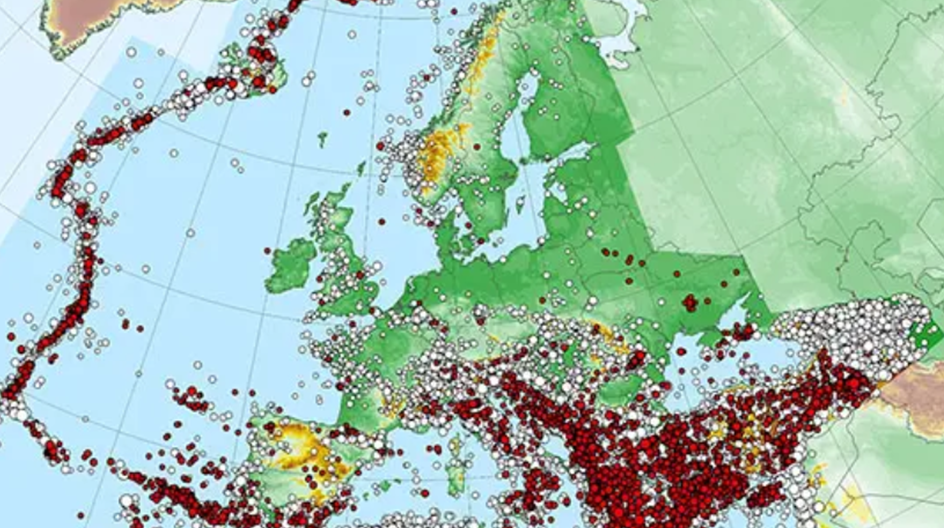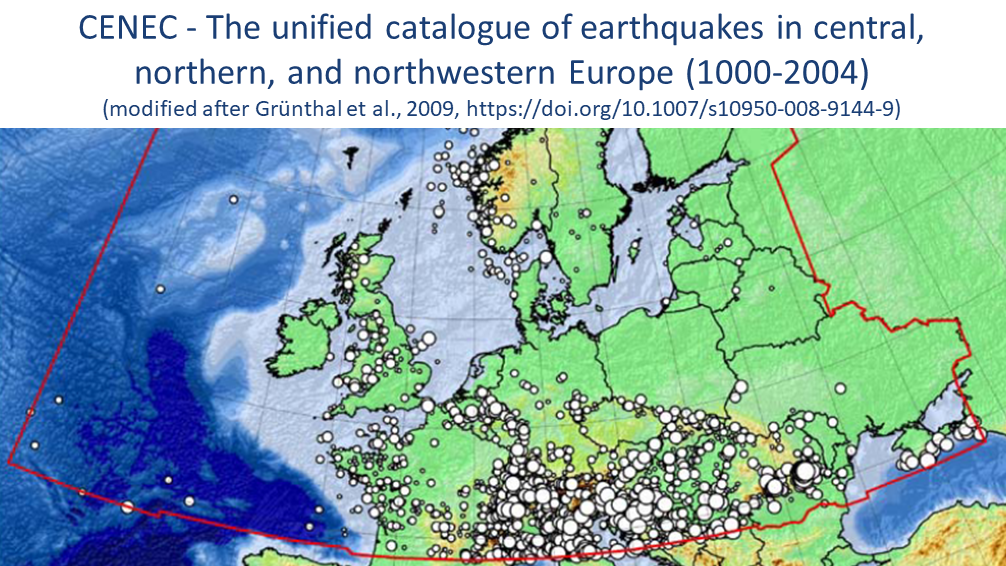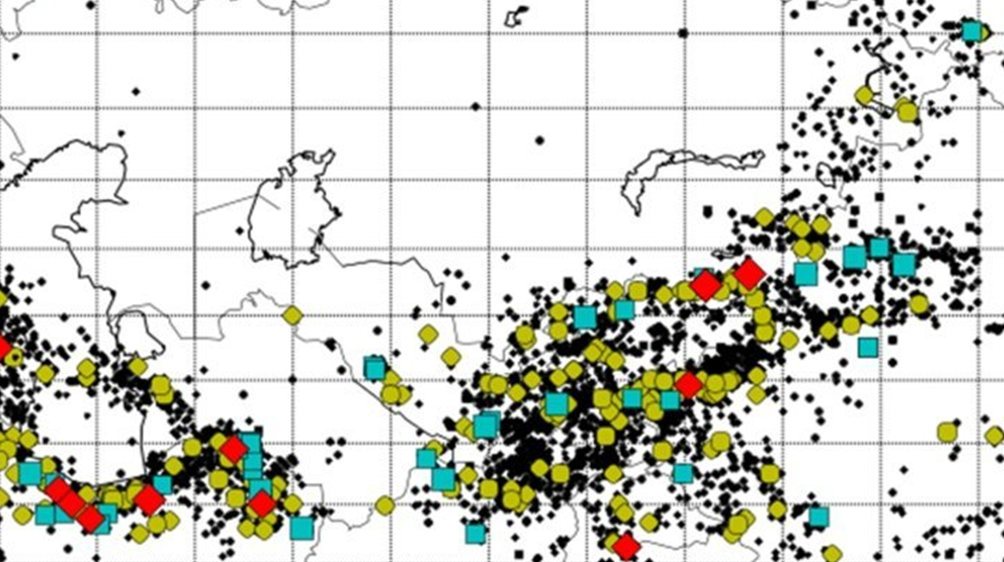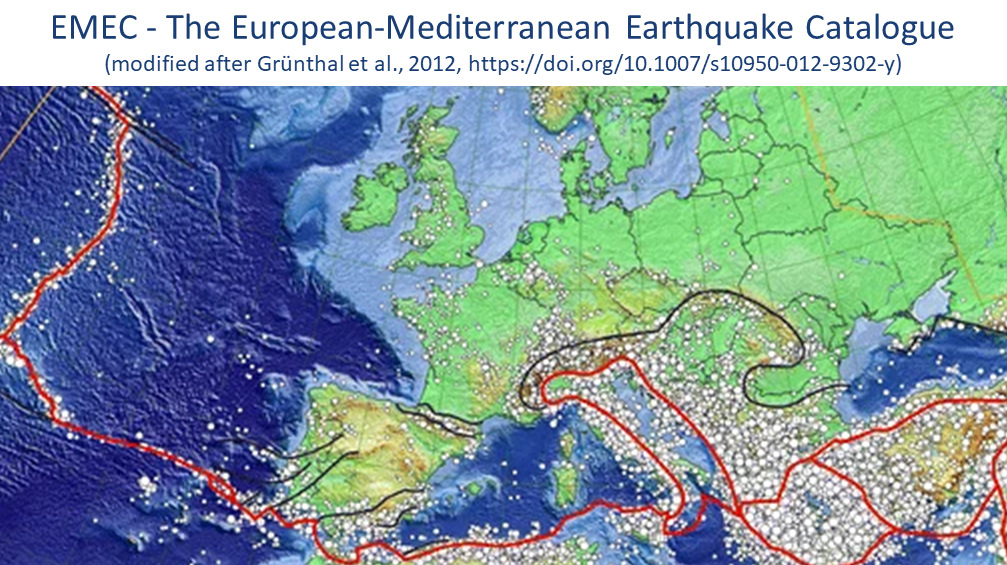Earthquake Catalogues

Earthquake activity, or seismicity, is usually summarized in earthquake catalogs or shown graphically on maps. An earthquake catalog generally contains the time and location of earthquakes, together with auxiliary information such as damage and casualties, estimates of magnitude, etc. Because instrumental seismology was not developed until the end of the nineteenth century, earthquake catalogs for events before 1900 (with a few exceptions) are based on information gathered by human observers and thus are incomplete and subjective. These earthquake catalogs were usually compiled from existing literature and from surveys after the earthquakes." (W.H.K. Lee, in Encyclopedia of Physical Science and Technology (Third Edition), 2003).
The publication of earthquake catalogues at GFZ includes both, historical and recent earthquakes for different regions and in the framework of our Regional Observatories
CENEC 2008 - Mw based Earthquake Catalogue for Central, Northern and Northwestern Europe
The unified catalogue of earthquakes in central, northern, and northwestern Europe: Grünthal et al. (2009) published a catalogue for central, northern, and northwestern Europe with unified Mw for events with Mw ≥ 3.5 in the time frame 1000-2004. Thi…
EMEC - The European-Mediterranean Earthquake Catalogue (Version 2021 and earlier versions)
EMEC-2021 is a catalogue of tectonic earthquakes for the broader Mediterranean area, harmonised into a single magnitude scale, Mw (Lammers, Steffi et al., 2023). It is an extended version of “The European-Mediterranean Earthquake Catalogue (EMEC) fo…
SHEEC - the SHARE European Earthquake Catalogue 1900-2006
The SHARE European Earthquake Catalogue (SHEEC) 1900-2006 has been compiled by GFZ Potsdam in the frame of an independant project and represents a temporal and spatial excerpt of "The European-Mediterranean Earthquake Catalogue" (EMEC) for the last …




